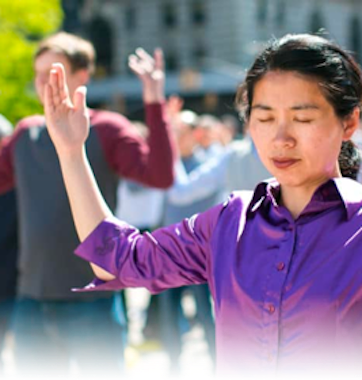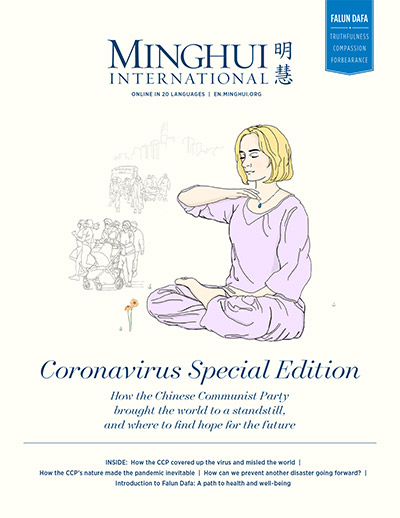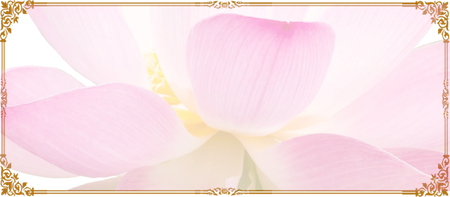(Minghui.org) What is a good living environment, what is a good cultivation environment, and what is a good cultivation state? I found getting these issues straight is very helpful for my cultivation. I would like to share my understanding with you.
Ordinary people want to be comfortable, but they do not know that because of their karma there can not be a good living environment in the human world. Where is a really good living environment? That’s where we go when we complete our cultivation. The human world is filled with human attachments and notions and is like a furnace. These various human notions, attachments, and conflicts in this furnace are strengthening us and refining us.
However, since we all enter cultivation as ordinary people, we often unconsciously confuse a good living environment with a good cultivation environment. When I noticed practitioners spoke or behaved inappropriately, I complained about the cultivation environment. I even said I would move to a better environment to practice. When I reflected on my reaction, I realized I was looking outward instead of inward, and I was not cultivating myself.
Some practitioners may have heard this story which took place when Falun Dafa was first introduced in China: Practitioners at an exercise site had a conflict over the time the morning practice was scheduled. Some wanted it to be earlier, the others to come later. This conflict brought a challenge to the contact person for the site. If he arranged for it to be earlier, it would offend some people, but if he agreed for it to be held later, it would offend the others. If he took the middle road, both sides would be offended. He finally understood that this is an opportunity for everyone to cultivate. Shouldn’t practitioners have consideration for others? He called all the practitioners together, and they had a sincere discussion. Then he asked what time would be best. They all said any time was fine. When everyone’s xinxing improved, the conflict naturally disappeared.
The contact person could have resolved the conflict another way: By closing the practice site. If the practice site was gone, the conflict would go away. This approach sounds ridiculous, but haven’t some practitioners dealt with difficulties this way?
For example, in the project to validate Dafa or in other environments, when it seems impossible to get along with others, many practitioners chose to walk away. Some said, “If I don’t see it, the conflict doesn’t bother me.” That is many people’s thoughts when a conflict arises. However, even if you don’t see it, you are still attached to it. Don’t the difficulties we face in our cultivation target our attachments and notions?
Therefore, a cultivation group which has conflicts actually provides a good cultivation environment for cultivation, but it does not necessarily mean that this group is in a good cultivation state. Whether it is a good state of cultivation depends on how the people in the group deal with contradictions, and if they all solve the contradictions by looking inward and improving their xinxing. Only then, is it a good state of cultivation.
A group of practitioners in a good state of cultivation may have conflicts from beginning to end, because difficulties and tribulations target our notions and attachments. When all the conflicts are resolved, we have completed our cultivation journey.
A group that solves conflicts by evasion and cover-up may also solve some issues in the process of cultivation, but they may not be truly looking inward and in the end their efforts may be in vain.
Therefore, it is not possible to measure the cultivation state of a group by whether there are conflicts or how intense they are, but whether the group looks inward to resolve them.
This is my personal opinion. Please point out anything inappropriate.
Editor’s note: This article only represents the author’s understanding in their current cultivation state meant for sharing among practitioners so that we can “Compare with one another in study, in cultivation.” (“Solid Cultivation,” Hong Yin)
Copyright © 2023 Minghui.org. All rights reserved.









